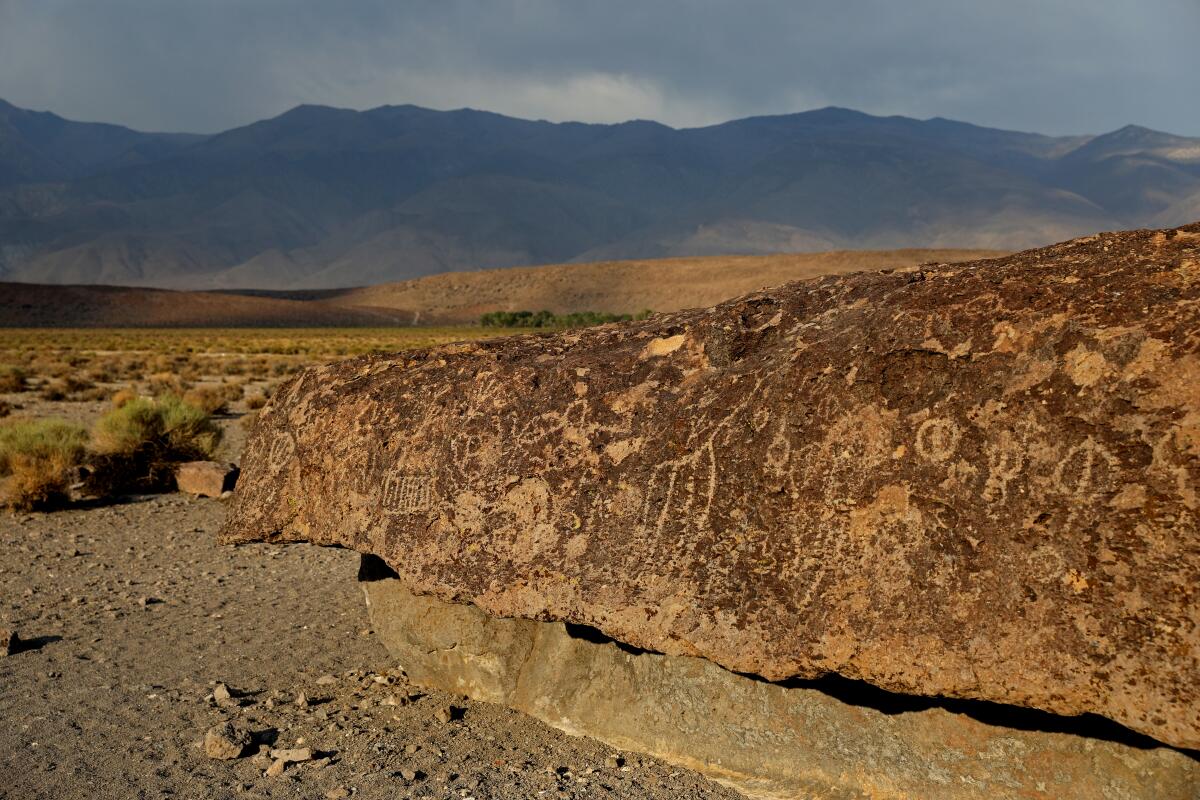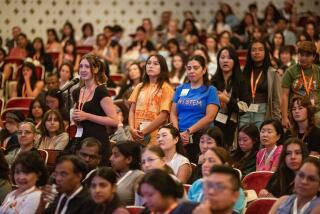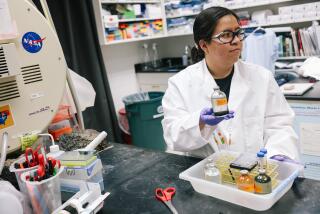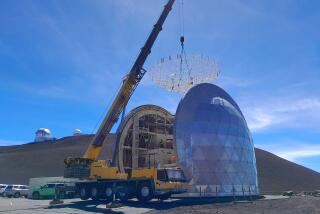Editorial: How Caltech can make amends for illegal drilling near petroglyphs

The petroglyphs were just three feet from where the Caltech geology students would drill more than two dozen holes in the rock face, each of them one inch in diameter. And yet one of the participants, assigned to do advance scanning, failed to notice the ancient rock art, their professor says.
That could be true, but it doesn’t begin to be an excuse for what happened. The 2017 field trip led by Joseph Kirschvink, a professor of geoscience at Caltech, wasn’t legal to begin with because he had not obtained the permits to be there in the first place. Had he sought permission, he might well have found a different spot in the Volcanic Tablelands near Bishop, a site rich with petroglyphs — a spot in which his scientific endeavors would have done no harm.
Another lesson learned: It’s not OK to bypass federal law.
As if the incident weren’t disturbing enough, we have now learned that after years of investigation by the U.S. Department of the Interior, the result of this insult to Native Americans and desecration of one of the public’s great areas of antiquity was that Caltech will pay to patch the holes — less than $26,000 — and teach professors to do better in the future.
Caltech’s response to the agreement with the Department of the Interior comes with one of those irritating apologies that attempts to downplay the severity of what happened, starting out with, “While this was an isolated incident that took place more than four years ago….”
It took four years to reach the agreement because on top of the damage itself, the federal government had to conduct a full investigation, which was delayed by the pandemic. No matter how isolated or “pre-pandemic” it was, the drilling flouted basic laws that every geology student should be learning in an introductory class and affronted Indigenous people who have a deep history in the region.
Though this might have been the first illegal foray by a Caltech professor, Native Americans in the area have seen other unauthorized incursions by geology professors onto archaeological sites, said Kathy Jefferson Bancroft, tribal historic preservation officer for the Lone Pine Paiute-Shoshone Reservation. A few times they’ve been caught and received similarly trivial fines, but more often not. In these vast areas, there’s little way of patrolling and catching miscreants in the act. The Caltech field trip was sighted by a volunteer who monitors petroglyphs for the California Archaeological Site Stewardship Program, which Jefferson Bancroft says has done most of the reporting of these illegal expeditions.
The problem is that as long as the chances of being caught are slim and the fines are slaps on the wrist, there’s too little incentive to prevent unauthorized drilling and gathering on lands managed by the Bureau of Land Management. It’s bad enough that drilling for oil and gas threaten archaeological treasures; it’s shocking to think of academia as a cause for concern as well.
The Bureau of Land Management should impose much stiffer penalties for the transgressions it is able to confirm. And professors and students should not be able to profit from breaking the law; studies based on illegally obtained samples and objects should be barred from publication in journals, as they are in the field of archaeology, said Linea Sundstrom, co-chair of the nonprofit American Rock Art Research Assn.’s conservation and preservation committee.
Otherwise, these cases become an ongoing confirmation of the old saw that it’s easier to ask for forgiveness than permission.
Meanwhile, Caltech could be doing far more than the absolute minimum it’s required to do under the agreement: paying to patch the holes it made and trying to educate professors and students in something that should have been basic in the first place.
How about asking Native American tribes in the Bishop area what this prestigious and well-funded school can do to redress its actions? Or, perhaps even better, making a major contribution to the California Archaeological Site Stewardship Program to monitor and actively protect these irreplaceable treasures going forward? A little community service by those who drilled the holes, volunteering with the stewardship program, wouldn’t go amiss, either. It needs the help, and so does the state’s ancient rock art.
More to Read
A cure for the common opinion
Get thought-provoking perspectives with our weekly newsletter.
You may occasionally receive promotional content from the Los Angeles Times.










